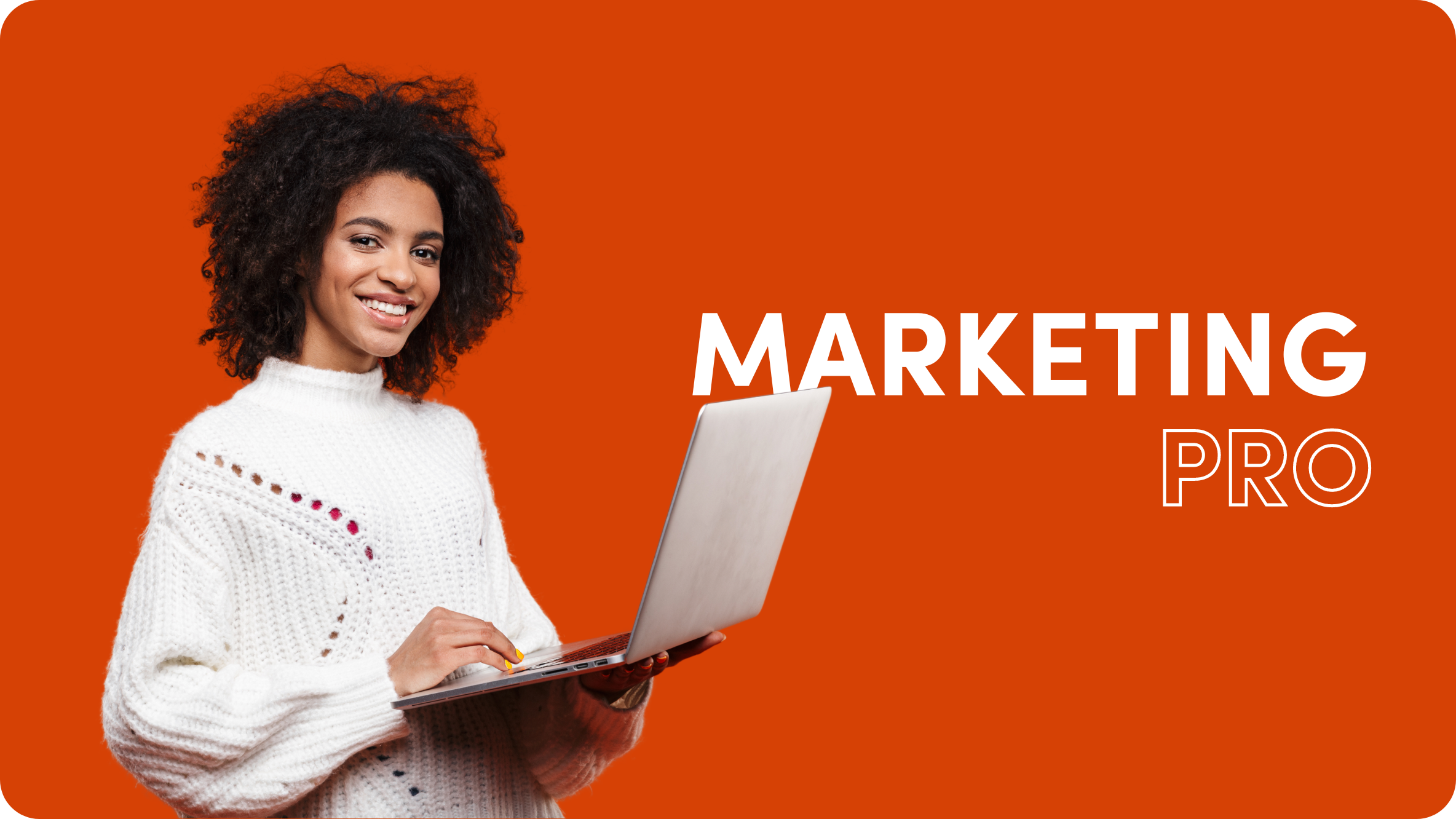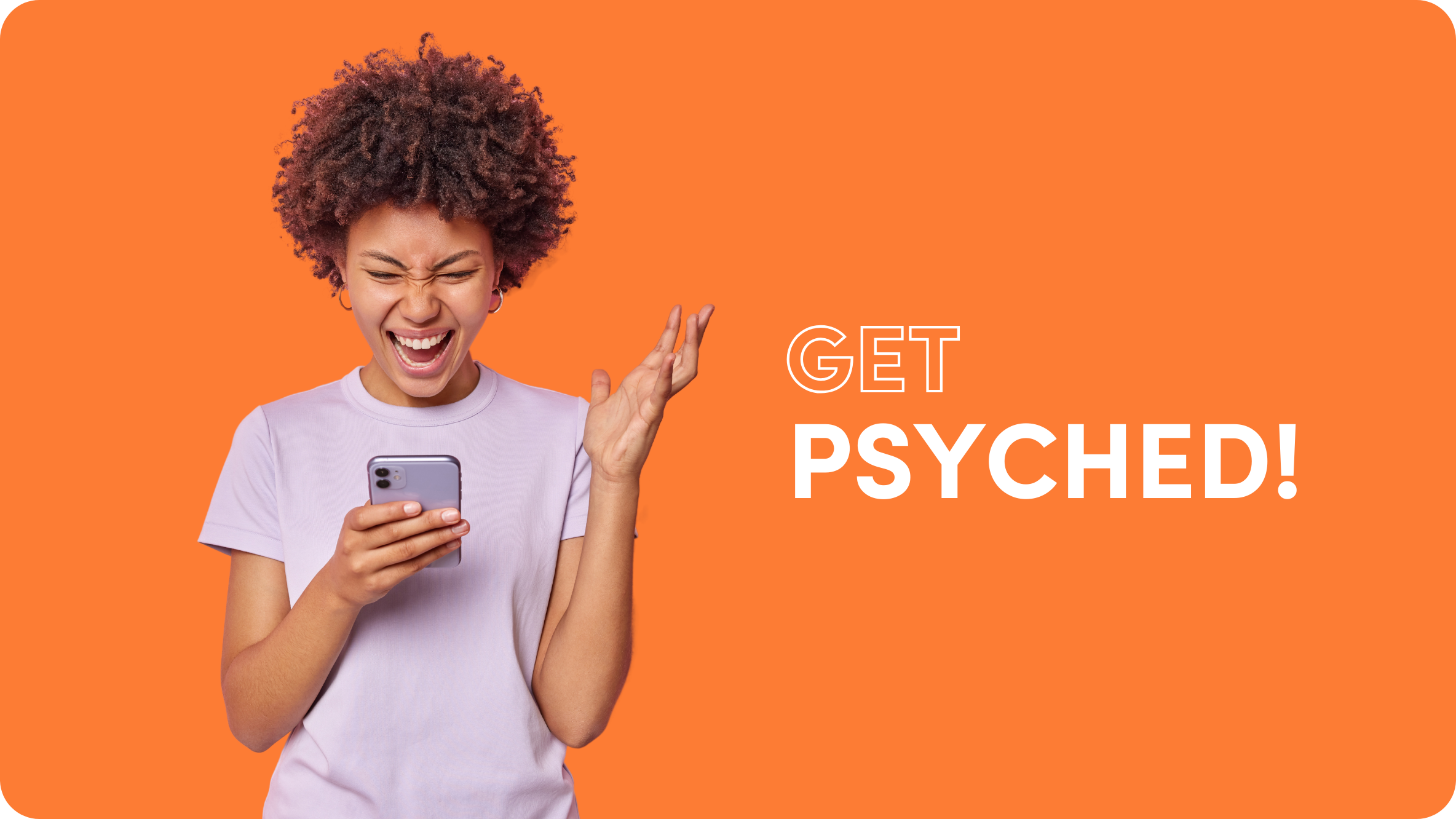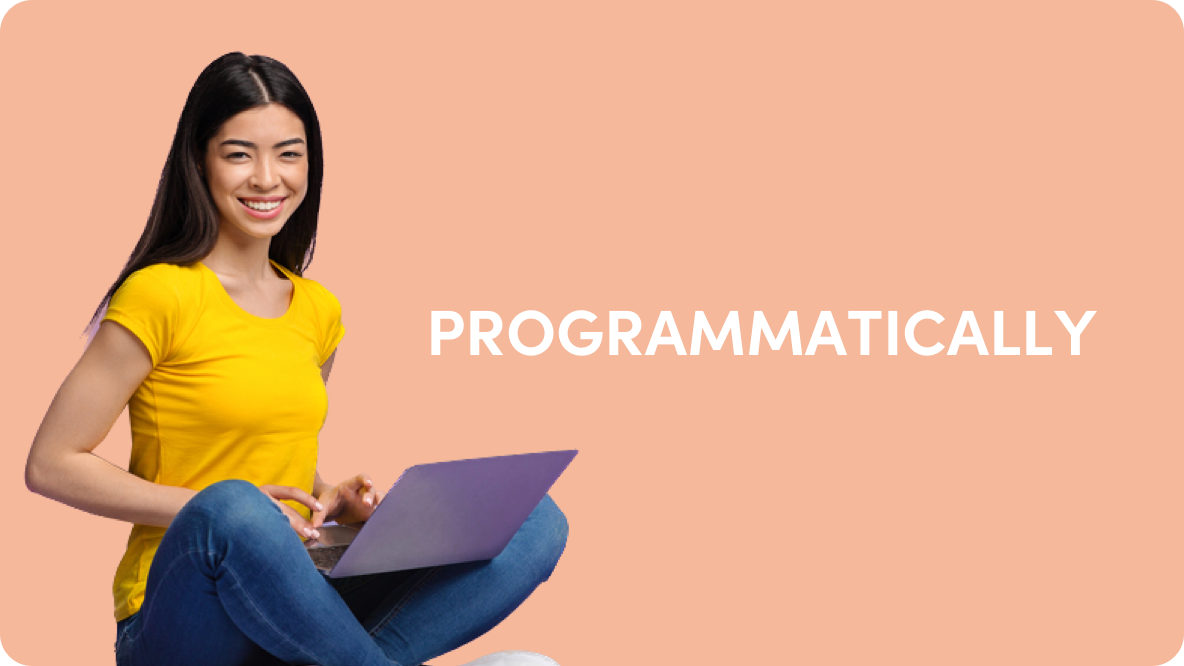3 Powerful Marketing Tactics that Agencies Can Pitch to Clients

The global health crisis of the COVID-19 pandemic has caused massive ripple effects all over the world. Both individuals and businesses are forced to make agile adjustments in order to stay afloat because of rising unemployment.
That means marketers and advertisers are hit hard as well. Brands are tiptoeing the line in order to remain relevant and compassionate during this time of the pandemic. Some businesses have chosen to focus their spending on purposeful marketing for a humanitarian cause.
Consumers spend 45% more time on social media and are hungry for timely and relevant content. That means more consumers are using online services to order essential and leisurely goods instead of going outside. Brands need to stay on their feet to optimize their marketing tactics and get ahead of the competition while staying beside their customers during this difficult time in society.
If you’re a marketing agency, chances are you’ll need to convince your clients about different strategies that will work best for them – especially if they’re tightening their marketing budgets. In this post, we’ll show you three powerful marketing tactics that you can pitch clients, even and especially in the COVID-19 era.
Source: WeForum.org
Marketing Tactics that are Still Effective Today
Native advertising
The first marketing tactic that has been and continues to be effective is native advertising. You’ve probably seen this tactic in action everywhere but didn’t think twice about their place on the webpage. That’s because native advertising – true to its name – matches the style and function of the social media feed or the e-commerce page on which they appear.
And unlike display or banner ads, it is found that 53% of native ads are more likely to be viewed by consumers. Plus, native ads also create 18% more engagement and thus increases a customer’s purchasing intent.
Native ads appear as ‘suggested,’‘recommended,’ or ‘sponsored’ content on your social media feed. Brands often team up with influencers for campaigns, and their posts appear as sponsored content. In addition, native ads are also among the top promoted listings on Google or on an e-commerce site’s search results.
Source: Cloudwards.net
Consumers are well aware that native ads are ads, but the best part is that they’re more likely to be fine with said type of advertising as long as the content itself is valuable and relevant. The key to a well-designed and effectively planned native ad is to be non-disruptive. After all, native content has to match the natural flow of the user experience.
Native ads aren’t just limited to social media posts or blogs either. We’re seeing native advertising seep into other popular media, like videos and podcasts.
Online video streaming has increased by 26% and people are spending more time playing video games. Because of the consumer’s demand for more digital content, brands are now collaborating with podcasters and video streamers to create branded content that’s more organic and tailored to audiences. Brands and content creators can now team up to create high-quality and industry-specific content, to reach a wider audience, to improve customer engagement, and to generate more conversions.
Personal branding
The second tried and tested marketing tactic is to develop a distinct online personal brand for your business. Remember, you’re competing for the attention of consumers who are bombarded with content every time they go on the web. That’s why it’s important to stand out and be an unforgettable brand to convert attentive audiences into paying customers.
Your brand consists of many things, but most importantly, it communicates your company’s outlook, priorities, and value to the consumer. Your choice of logo, images, and colors make up the brand’s visual identity.
Because of this, every aspect of your business must remain consistent with your personal brand. More than being able to consistently remind your consumer about your brand, the right personal branding strategy can even deliver great customer experiences that truly make your brand a part of your customer’s life.
From sending customized invoices using tools like Wave to provide a consistent brand presence in the life of your customer, down to sending physical postcards via the Mailchimp Postcard service to every new email subscriber to give a personal touch – every touchpoint can become a great avenue to connect with your audience.
Advertisers are well aware of the pains and pleasures of crafting the best copy and choosing the most striking image to make an unforgettable impression on the audience. Take a look at the following tips on creating your personal brand:
- Identify your company’s mission and vision. What does your brand do? What are your goals?
- Study your competitors. Who are the top players in your industry? Who are your close competitors? How do they approach branding?
- Create and maintain an online platform. Can customers reach you online? What can they learn about you from your social media profiles and websites? How can you better nurture relationships with customers?
- Build strategic partnerships. Which influencers and content creators can help you reach and expand your target audience?
A well-crafted personal brand also opens lots of opportunities for growth. More clients can reach you and investors can strike a deal with you because you’re a trusted online personality.
An example of good personal branding is Hipcamp, a platform that encourages people to go outside by being able to rent RVs, tents, glamping spots, and the like. Knowing their audience are likely to be avid social media users who love sharing their adventures, their website uses squared photos that remind their audience of an Instagram feed, inspiring them to book their next picture-perfect weekend getaway.
Source: Hipcamp
SMS Messaging
Lastly, don’t underestimate the power of the good old SMS marketing channel. Even though many spend time scrolling through their social media feeds, the majority of customers are likely to prefer SMS or texting to receive updates, offers, and alerts (provided they opted in first) over phone call or email. Texting is a fast and personal method of communication. And 98% of emails are opened by customers unlike the 20% average open rate of emails.
Marketers should take note of the following best practices to optimize your SMS campaigns:
- Use a content management system with integrated SMS features. Your website and SMS should be able to support SMS plug-ins or apps. You can also use dedicated business texting platforms like Weave to send and receive updates, schedule messages and appointments, nurture customer relationships, and reach your staff.
- Remind them about transactions. Customers love to hear from a business especially when it comes to receiving updates about their orders. Not only that, you can also use SMS to retarget customers to remind them if an item on their wishlist is on sale for a limited time. Plus, you can send offers and discounts through SMS to generate more conversions too.
- Use SMS for customer service. Since customers prefer communicating through text, you can instantly reach them through SMS for any questions or concerns they may have. You can also send important announcements such as product delays or power outages through text to give the customer a heads up.
- Optimize your website for mobile users. If you’re sending shortened links through text, customers will click those links and be directed to your website using their phone. Make sure your website loads fast and can be easily navigated by mobile users.
- Schedule personalized and timely messages. Based on the transaction history of your customer, you can even send them targeted offers like discounts to show that you value them and are aware of their needs.
Key Takeaways
Marketing during the time of COVID-19 is challenging but there are still a lot of opportunities if you know where to look and who to team up with. Now, you can pitch these marketing strategies to your clients in case they’re still wary of upping ad campaigns during this time.












